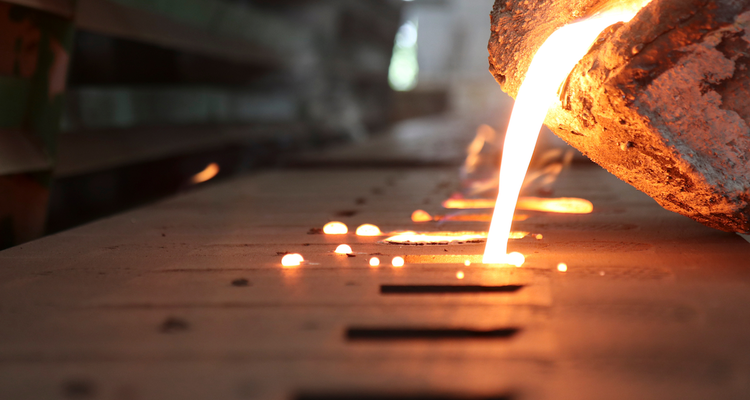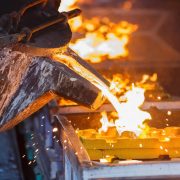A core is a sand form placed into the mold to shape the inside of the casting, including features like holes or channels.
The sand casting company technique is based on the use of a mold to manufacture the cast item. As the molten metal is poured into it, the mold includes a negative image of the component.
A pattern will be utilized to build the mold. The pattern aids in the design of the mold’s external walls. However, many pieces are engineered to create intricate interiors with gaps where molten metal should not enter.
What exactly is a Core?
A core is an insert that goes into the mold. While compacting and pressing, sand is poured over the design. The goal of the core is to direct where the molten metal will go to fill the hole in the mold. Some cores can be rather complex. Interior angles and geometries may be used to create complicated holes and passageways for the molten metal. They can also be solid to form inner cavities or hollow for the metal to fill other portions.
What materials are used to make cores?
The resin sand used in the sand casting company will be utilized to make the cores. The sand is put in a core box with the part’s desired interior design. The sand will be pounded, heated, or blasted into the core box, depending on the manufacturer’s skills and equipment. The core will then be taken from the core box and placed in the mold.
Hot box and cold box procedures can be used to create cores. The hot box method involves adding resin to sand and using a catalyst. As the core solidifies, heat is used to activate the catalyst. The cold box approach employs a catalyst that does not require heat to activate it.
The cores are produced from the same resin sand as the mold because the sand can withstand the heat of the molten metal without being damaged. The mold will be split apart once the metal has cooled.
Machines will vibrate the part while breaking up the sand to extract the core inside the solid metal. Typically, a hole is drilled in the mold to allow the sand to be shaken and emptied. If the hole is not wanted for the completed product, it can be sealed later during the finishing process.
What holds cores in place?
The core will shift or rise from its prescribed position since it will be within the mold when the molten metal is poured into it. Chaplets are constructed of the same metal used to cast the component.
This metal will secure the cores until the metal is put inside. When the molten metal cools, the chaplets that come into contact with it form part of the fundamental component. The core will then be shaken apart and extracted.
Another technique to keep the core in place is to make it longer than the mold.
HOW IS A CORE MADE?
Cores can be created in a variety of ways. Among the most critical procedures are:
RAMMED BY HAND
This is accomplished by physically pounding the cores with sand.
BLOWN
A sand/binder combination is shot into a tool cavity under pressure and cured with a gas.
PRINTED IN 3D
3D sand printers can swiftly produce toolless cores with complicated geometry. Multiple features can be merged into printed assemblies, minimizing the number of sand casting company.
Conclusion
The ability to correctly manufacture and insert cores is an essential aspect of sand casting company. The accuracy with which sand cores are made and placed is critical to the quality of the final casting. Cores must have high permeability, withstand molten metal temperatures, and have good hardness qualities. Sand cores are meant to be broken down or shaken out’ with the rest of the sand mold at the end of the casting process.










Comments